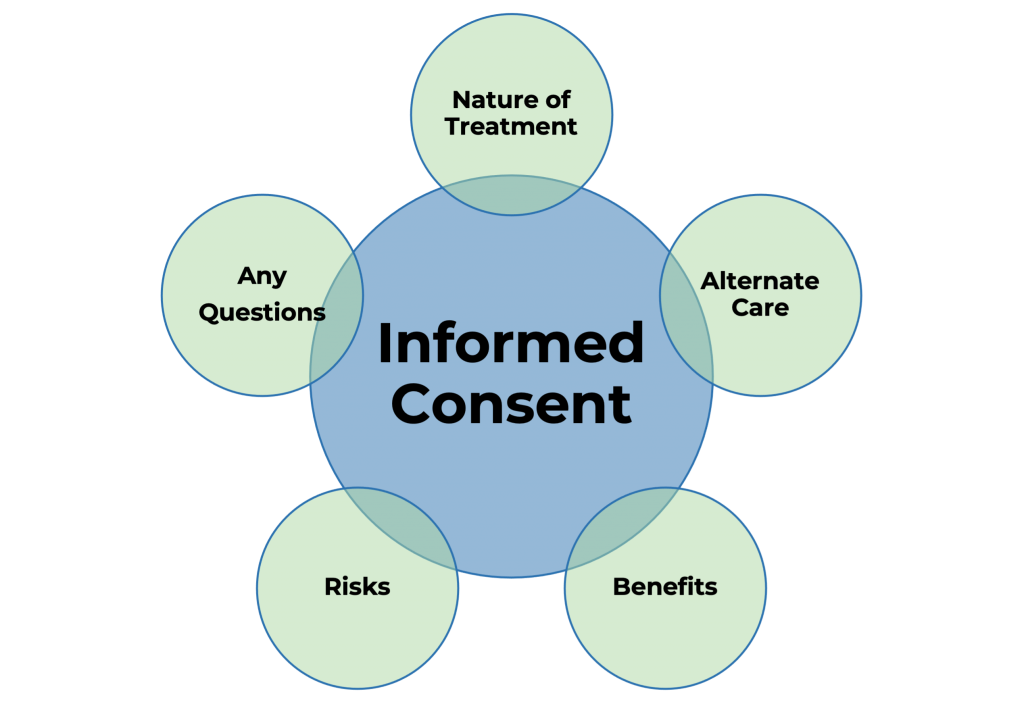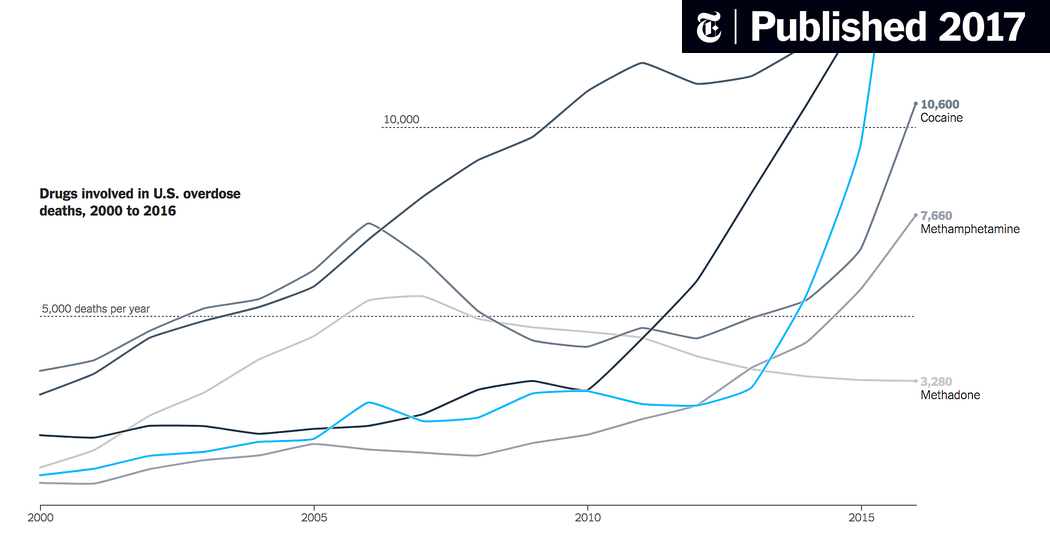Understanding AI's Learning Process: Key Considerations For Responsible Use

Table of Contents
How AI Learns: A Deep Dive into Machine Learning
AI systems learn through various machine learning techniques. Understanding these techniques is vital for comprehending how AI arrives at its conclusions and identifying potential pitfalls.
Supervised Learning
Supervised learning involves training an AI model on a labeled dataset, where each data point is tagged with the correct output. The algorithm learns to map inputs to outputs based on this labeled data. Common supervised learning algorithms include linear regression, decision trees, and support vector machines.
-
Examples of supervised learning applications:
- Image recognition (labeling images with objects they contain)
- Spam filtering (classifying emails as spam or not spam)
- Medical diagnosis (predicting diseases based on patient data)
-
Potential biases in labeled datasets:
- Historical biases embedded in the data can lead to discriminatory outcomes. For example, if a facial recognition system is trained primarily on images of white faces, it may perform poorly on images of people with darker skin tones.
- Sampling biases, where certain groups are underrepresented in the data, can also skew the AI's learning.
Unsupervised Learning
Unsupervised learning, unlike supervised learning, deals with unlabeled data. The algorithm aims to discover hidden patterns, structures, and relationships within the data without explicit guidance. Common algorithms include clustering and dimensionality reduction.
-
Examples of unsupervised learning applications:
- Customer segmentation (grouping customers based on their purchasing behavior)
- Anomaly detection (identifying unusual patterns or outliers in data)
- Recommendation systems (suggesting products or services based on user preferences)
-
Challenges in interpreting unsupervised learning results:
- The lack of labeled data makes it challenging to interpret the meaning of discovered patterns.
- Careful analysis and domain expertise are necessary to ensure that the discovered patterns are meaningful and relevant.
Reinforcement Learning
Reinforcement learning trains AI agents to make decisions in an environment by interacting with it and receiving rewards or penalties based on their actions. The agent learns to maximize its cumulative reward over time.
-
Examples of reinforcement learning algorithms:
- Q-learning
- Deep Q-Networks (DQN)
-
Ethical considerations in reinforcement learning:
- Potential for unintended consequences if the reward function is not carefully designed.
- Need for safe and aligned reward functions to ensure the AI agent behaves as intended and doesn't cause harm.
- Applications in robotics and autonomous systems raise critical safety concerns.
Data Bias and its Impact on AI's Learning Process
Data bias is a pervasive issue that significantly impacts AI's learning process. Biased data leads to biased AI systems, which can perpetuate and amplify existing societal inequalities.
Sources of Bias
Bias can creep into datasets from various sources:
-
Historical biases: Data reflecting past discriminatory practices.
-
Sampling biases: Underrepresentation of certain groups in the data.
-
Measurement biases: Errors or inconsistencies in data collection methods.
-
Examples of how bias manifests in AI systems:
- Facial recognition systems exhibiting higher error rates for people of color.
- Loan application algorithms discriminating against certain demographic groups.
- Recruitment tools exhibiting gender bias.
-
Strategies for mitigating bias in datasets:
- Data augmentation: Adding more data points to underrepresented groups.
- Careful data collection and curation: Employing rigorous methods to ensure data quality and representativeness.
- Algorithmic fairness techniques: Developing algorithms designed to minimize bias.
Consequences of Biased AI
Biased AI systems can have severe negative societal impacts:
-
Discrimination: Unfair treatment of certain groups based on protected characteristics.
-
Unfairness: Unequal outcomes for different groups due to biased AI decisions.
-
Erosion of trust: Loss of confidence in AI systems due to their perceived bias and lack of fairness.
-
Real-world examples of biased AI causing harm:
- Biased loan algorithms denying credit to qualified applicants from marginalized communities.
- Facial recognition systems leading to wrongful arrests or misidentification of individuals.
- Healthcare algorithms providing unequal access to care based on race or socioeconomic status.
-
The importance of transparency and accountability: It's crucial to understand how AI systems make decisions and to hold developers accountable for the consequences of their actions.
Ensuring Responsible Use of AI: Best Practices and Ethical Guidelines
Developing and deploying AI responsibly requires careful consideration of ethical guidelines and best practices.
Explainability and Interpretability
Understanding how AI systems arrive at their decisions is crucial for building trust and ensuring accountability.
-
Techniques for improving the explainability of AI models:
- LIME (Local Interpretable Model-agnostic Explanations)
- SHAP (SHapley Additive exPlanations)
-
The role of human oversight: Human experts are needed to interpret and validate AI outputs, especially in high-stakes applications.
Privacy and Security Considerations
AI systems often process sensitive personal data, raising significant privacy and security concerns.
- Data anonymization and encryption techniques: Protecting user data through appropriate security measures.
- Regulations and best practices for protecting user privacy: Adhering to relevant data protection regulations (e.g., GDPR, CCPA).
Accountability and Transparency
Establishing clear lines of responsibility for AI-driven decisions is essential.
- Auditable AI systems: Designing AI systems that can be easily monitored and reviewed for bias and errors.
- Mechanisms for redress: Providing ways for individuals to challenge AI-based decisions that affect them.
- Ethical guidelines and frameworks: Adhering to established ethical principles and guidelines for AI development and deployment.
Conclusion
Understanding AI's learning process is paramount for responsible AI development and deployment. We've explored the core machine learning techniques—supervised, unsupervised, and reinforcement learning—and highlighted the critical role of data quality and bias mitigation. The consequences of biased AI are severe, potentially leading to discrimination and erosion of public trust. Therefore, prioritizing explainability, interpretability, privacy, security, and accountability is crucial. By proactively addressing these challenges, we can harness the immense potential of AI while mitigating its risks. To learn more about responsible AI development and the ethical implications of AI's learning processes, explore resources such as [link to relevant resources/further reading]. Let's work together to shape the future of AI for the benefit of society.

Featured Posts
-
 Bernard Kerik Former Nypd Commissioner Dies At 69
May 31, 2025
Bernard Kerik Former Nypd Commissioner Dies At 69
May 31, 2025 -
 Canadian Wildfire Smoke Causes Sharp Air Quality Decline In Minnesota
May 31, 2025
Canadian Wildfire Smoke Causes Sharp Air Quality Decline In Minnesota
May 31, 2025 -
 Rosemary And Thyme Benefits Uses And How To Grow Them At Home
May 31, 2025
Rosemary And Thyme Benefits Uses And How To Grow Them At Home
May 31, 2025 -
 Princes Death Fentanyl Levels Revealed On March 26th
May 31, 2025
Princes Death Fentanyl Levels Revealed On March 26th
May 31, 2025 -
 Lower Than Expected Spanish Inflation Boosts Case For Ecb Rate Cut
May 31, 2025
Lower Than Expected Spanish Inflation Boosts Case For Ecb Rate Cut
May 31, 2025
